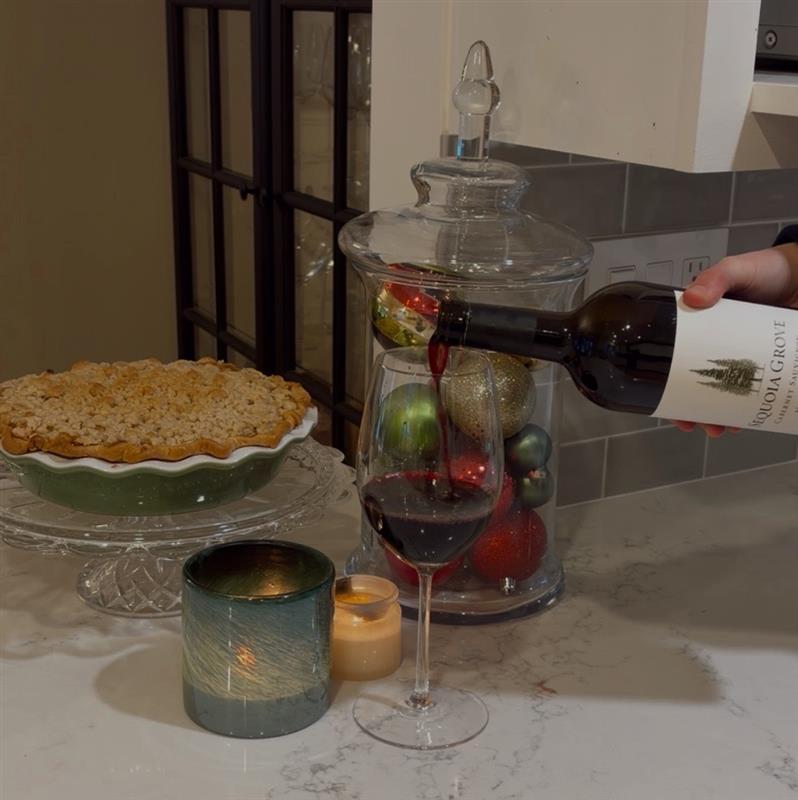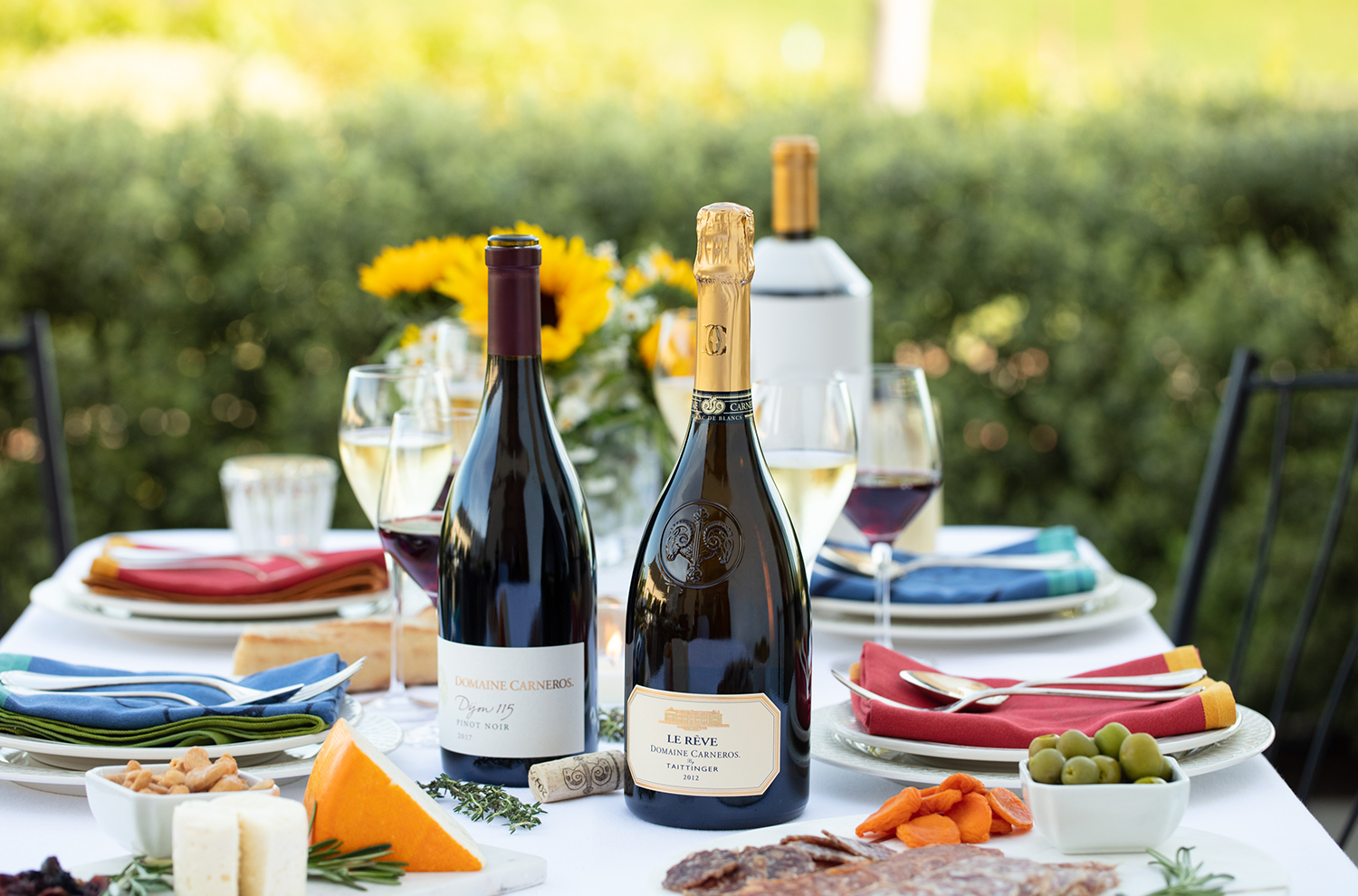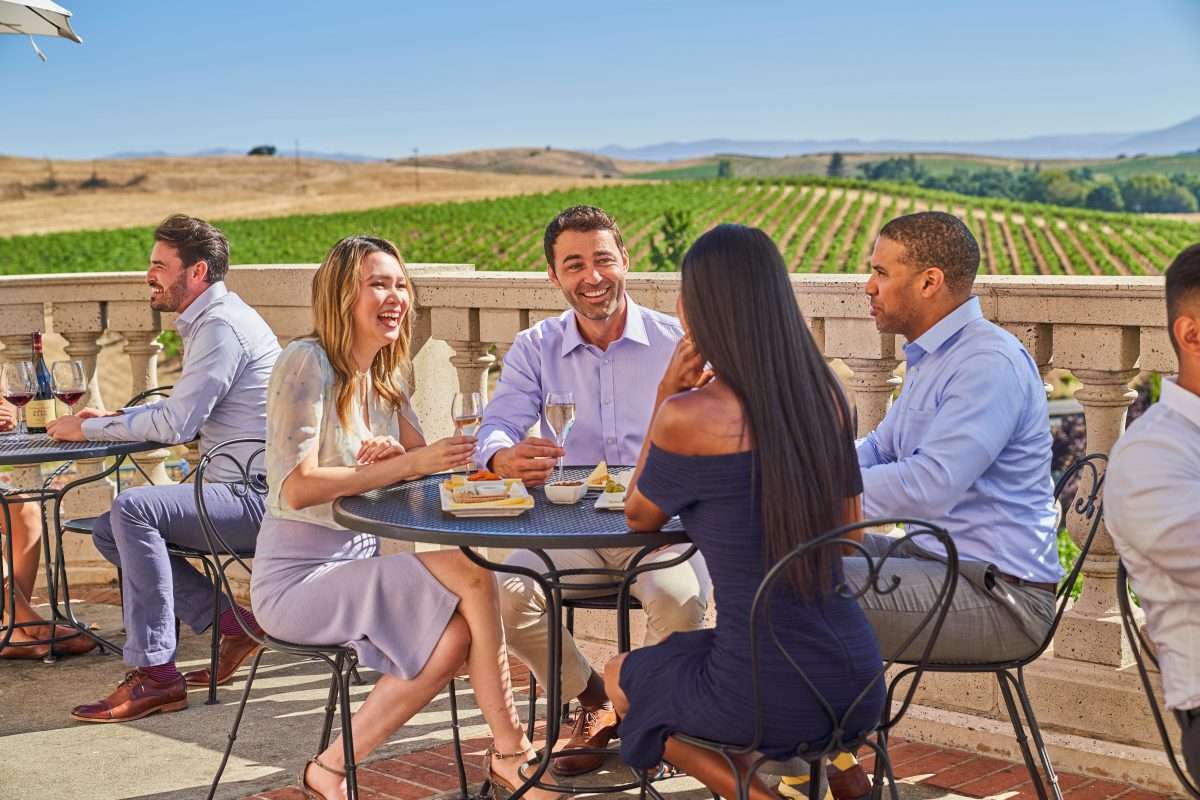We all know the rooster crows at dawn. In fact, if you’ve ever stayed in the hills of Tuscany, you have probably heard it. But what does that have to do with Tuscany’s famous red wine Chianti Classico, and the black rooster emblem stamped on its bottle neck labels? Actually, quite a lot.
Legend has it that once upon a time, a black rooster crowed early (as in before dawn) and as a result, became the symbol of Italy’s great Chianti Classico wine. The tale is one that would leave PETA reeling.
A Medieval Seinfeld vs Newman
Back in the Medieval days, Florence and Siena fought. A lot. In the 13th and 15th centuries, both cities expanded significantly in economic and military power. The resulting physical growth could only go so far, given one city’s proximity to the other. The point of contention regarding the hills of Chianti, which sit between the two, came to a head in the early 1200s when the warring sides opted for a creative way to establish the respective borders.
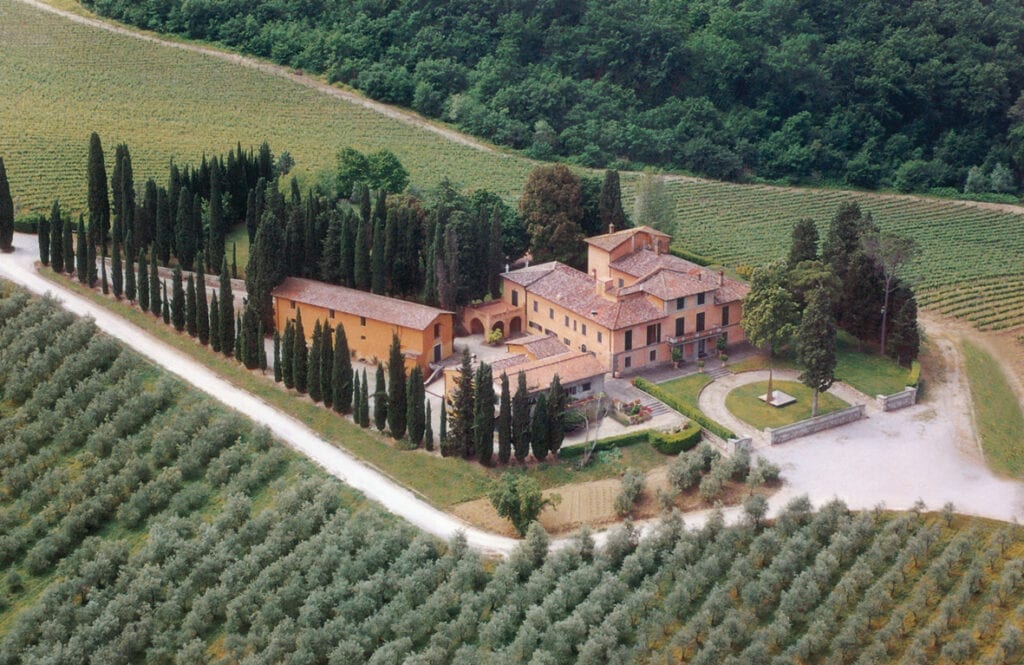
Each city selected a horseman and a rooster for the exercise. Riders were to depart their city on horseback in the morning “at the cry of the cock;” where they met would determine their city’s borders.
The strategies employed by the respective cities were quite different. The Sienese used a well-fed white rooster as their starting gun. They theorized that a fat-and-happy rooster would produce a strong and pronounced crow. The Florentine opted to starve their black rooster in hopes it would crow early from hunger. For those of you with children, animals, or females in the house with frequent low-blood sugar (see: me), I think you know where this story is going. Not surprisingly, the Florentine rider was off well before sunrise after the black rooster crowed bright and early, while the white rooster wasn’t up until dawn.
When the two riders met, the Sienese was less than 20 kilometers into his journey. Thus, the bulk of the Chianti Classico region went to Florence. The moral of the story: pain is temporary, pride lasts forever. Because of the poor guy’s pain, the black rooster is immortalized as a symbol of wine excellence. (Chill, animal lovers, I’m not condoning cruelty to our furry and feathery friends.)
Chianti Classico Black Rooster Label
Beyond the legend it signifies, what does the Chianti Classico Black Rooster mean? Wine classified with the Chianti Classico Black Rooster must adhere to strict government regulations, including:
- Minimum 80% Sangiovese (20% other varieties).
- Blending can no longer include white grapes (yes, you read that right—“no longer;” white in red was once a thing in this region).
- Minimum 12% alcohol.
- Chianti Classico Riserva must be aged 24 months before released to market.
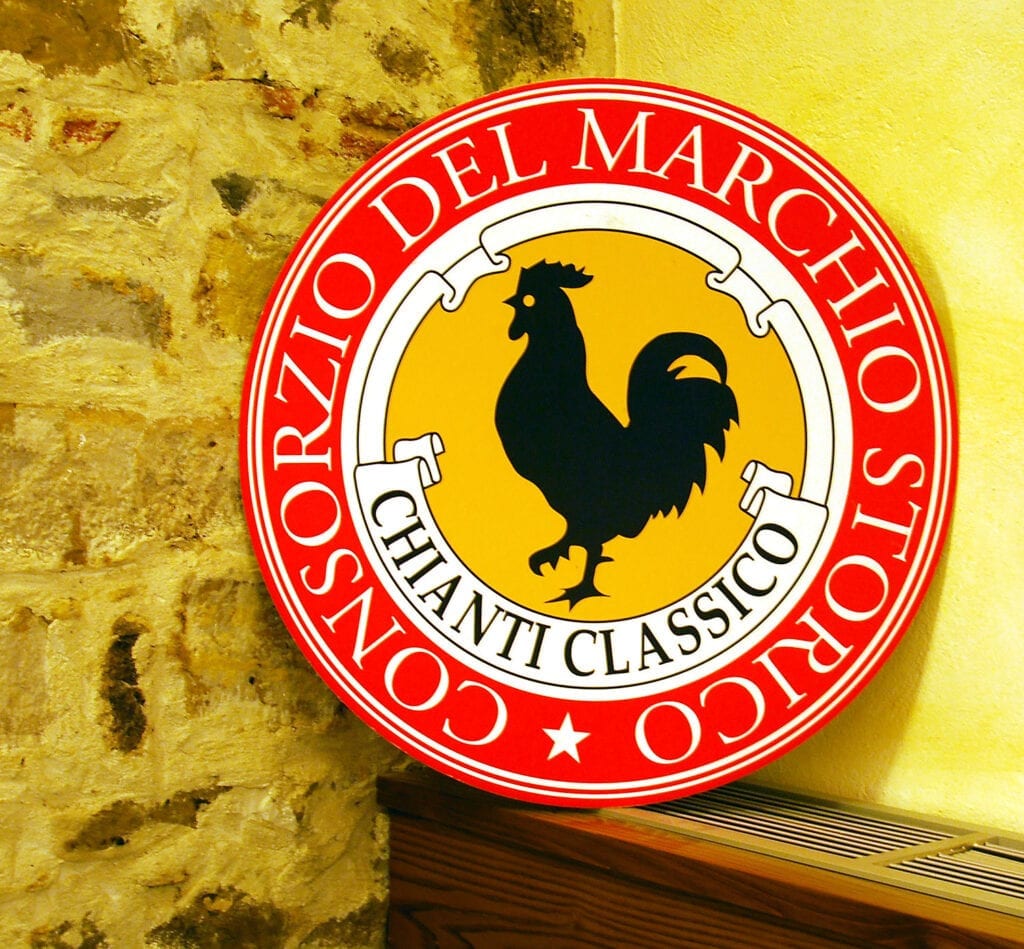
Additionally, the “Classico” name in Italian wines designates the original, historical site of wine production and is often correlated with higher quality. Over time, wine regions’ areas expand and may be included in DOC or DOCG designations, but those first hills and plots of land ever planted with vineyards are called “Classico.” Therefore, only the wines made in the Classico historical region may use the black rooster label.
This can include Chianti Classico, Chianti Classico Riserva, and Chianti Classico Gran Selezione. For example, Tenuta di Nozzole, which is located in the heart of Chianti Classico, makes several wines where you’ll find the black rooster: Villa Nozzole Chianti Classico DOCG and a Riserva, La Forra Chianti Classico Riserva DOCG, and Tenuta di Nozzole Chianti Classico Gran Selezione DOCG.

